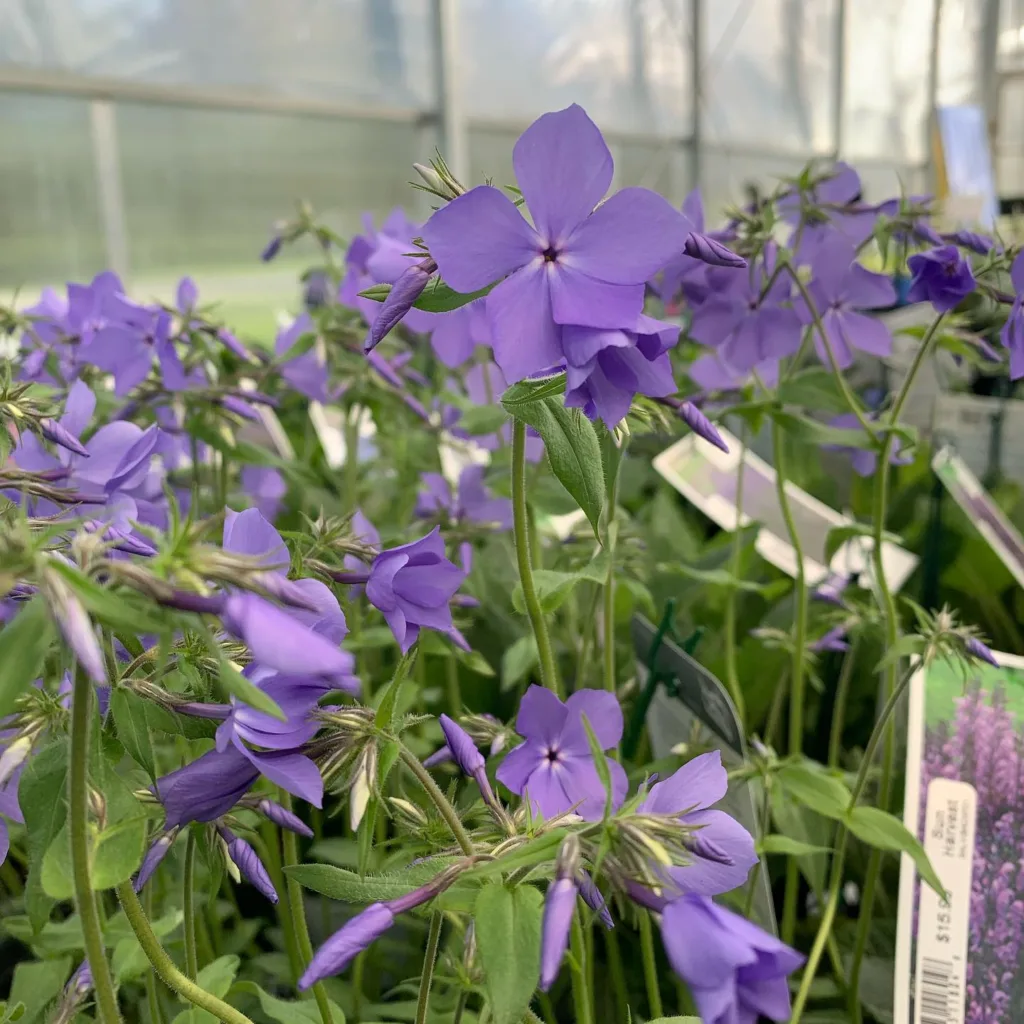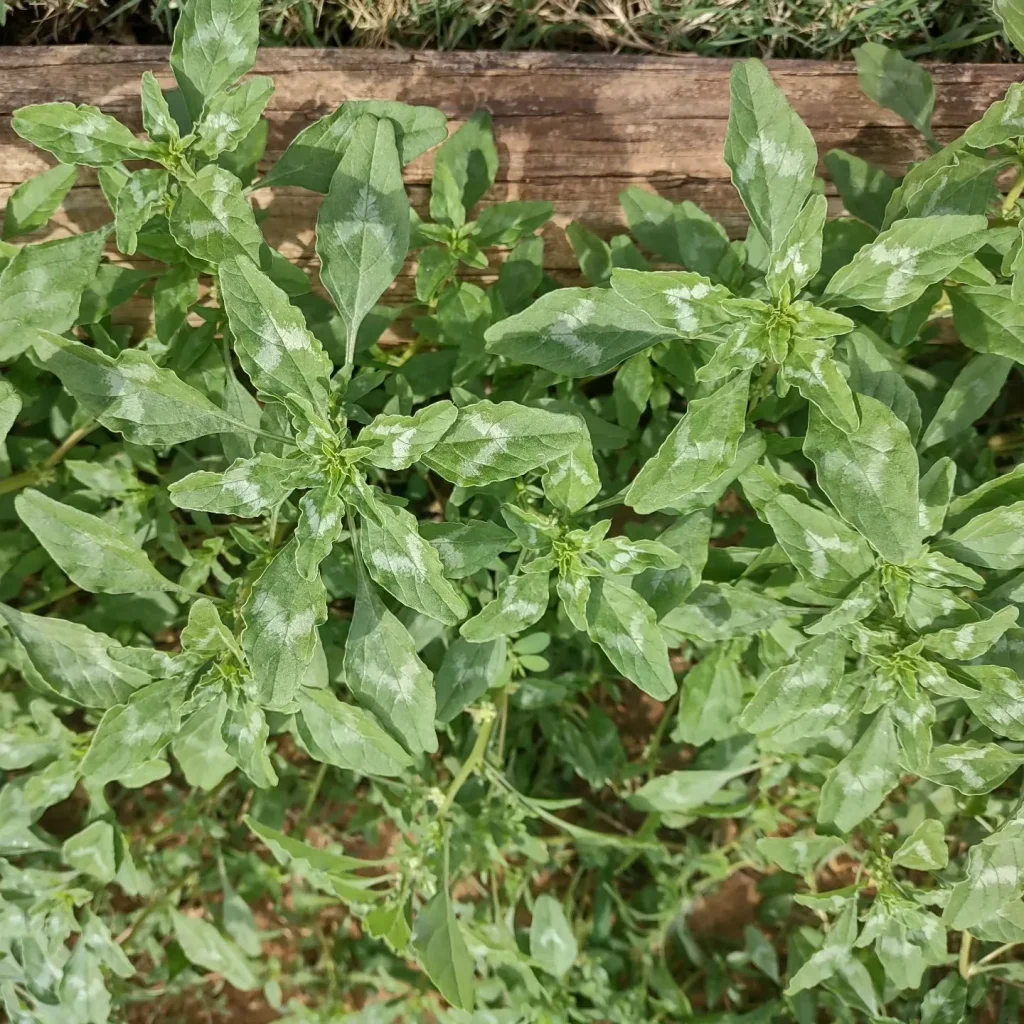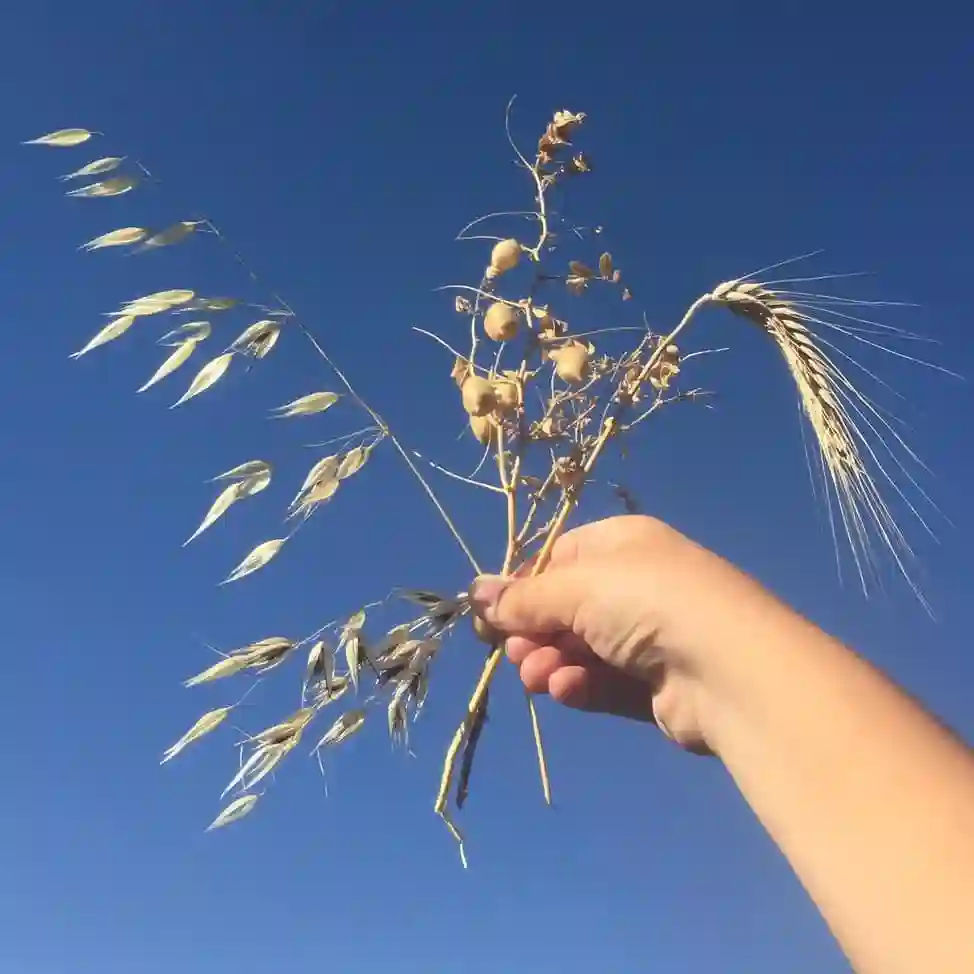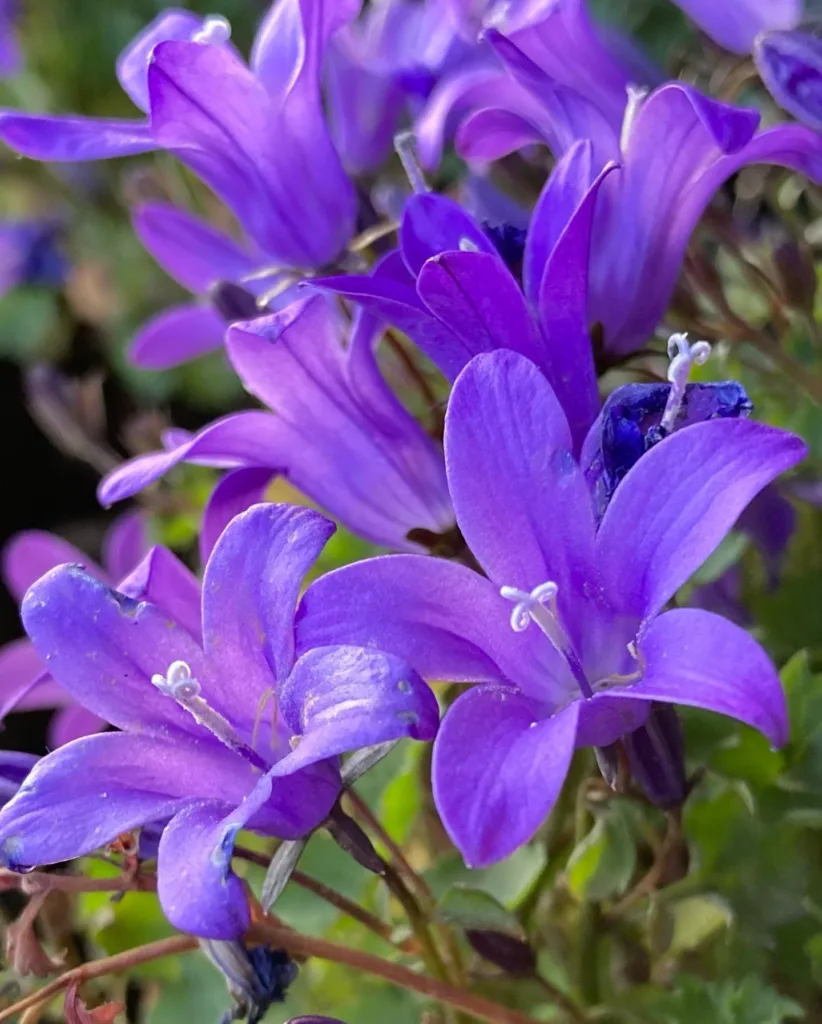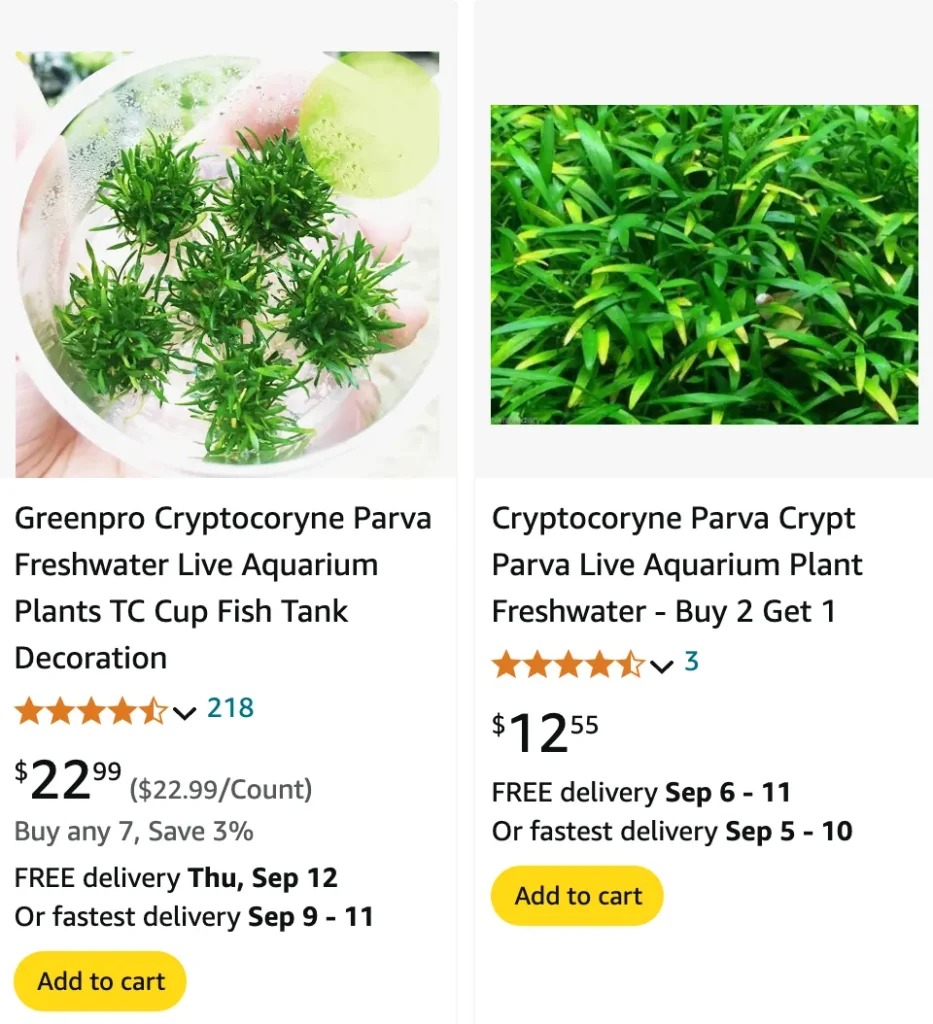
What is Cryptocoryne Parva?
Cryptocoryne Parva is a popular aquatic plant among aquarium enthusiasts. It is a small, slow-growing species of the Cryptocoryne genus, known for its compact size and attractive appearance. This plant is native to Sri Lanka and is favored for its ability to thrive in low-light conditions, making it a suitable choice for a variety of aquarium setups. Its small, green leaves and dense growth form a lush carpet in the aquarium, adding a touch of natural beauty to any aquatic environment.
86 Species in Genus Cryptocoryne
How to Plant Cryptocoryne Parva?
Planting Cryptocoryne Parva requires a bit of attention to detail to ensure its successful establishment. Here’s a step-by-step guide:
- Prepare the Substrate: Use a nutrient-rich substrate like aquarium soil or a fine-gravel mix. Cryptocoryne Parva does best in a substrate that can hold nutrients well, which helps support its slow growth.
- Spacing: When planting, space the plants about 1 to 2 inches apart. This spacing allows the plants to spread out and form a dense carpet over time.
- Planting Depth: Insert the roots of the Cryptocoryne Parva gently into the substrate. The base of the plant should be just below the surface of the substrate, with the roots securely anchored.
- Water Conditions: After planting, ensure that the water conditions are stable. Cryptocoryne Parva prefers a temperature range of 72-78°F (22-26°C) and a slightly acidic to neutral pH (6.0-7.0).
Cryptocoryne Parva vs Parva Mini
Many people confuse Cryptocoryne Parva with Cryptocoryne Parva Mini, but there are notable differences.
Cryptocoryne Parva is the standard variety and grows slightly larger, typically reaching about 1-2 inches in height. It forms a dense carpet over time and is known for its adaptability to various water conditions.
Cryptocoryne Parva Mini, as the name suggests, is a smaller variant. It usually grows to a height of about 0.5-1 inch, making it ideal for nano tanks and smaller aquariums. Both varieties have similar care requirements, but the Mini version is particularly suited for small-scale setups due to its compact size.
How to Care for Cryptocoryne Parva?
Proper care is crucial for maintaining a healthy Cryptocoryne Parva. Here are some tips:
- Lighting: Cryptocoryne Parva thrives in low to moderate light. Direct sunlight or high-intensity lighting can cause algae growth or damage the plant. LED lights with a low intensity setting are ideal.
- Water Quality: Maintain good water quality by performing regular water changes. Cryptocoryne Parva is sensitive to changes in water parameters, so stability is key.
- Fertilization: Use a liquid fertilizer or root tabs to provide essential nutrients. Be cautious not to over-fertilize, as this can lead to algae blooms or other issues.
- Temperature and pH: Keep the water temperature within the recommended range (72-78°F) and the pH between 6.0 and 7.0. Extreme deviations can stress the plant.
How to Propagate Cryptocoryne Parva?
Propagating Cryptocoryne Parva is relatively straightforward. The most common method is through runners:
- Runners: Cryptocoryne Parva produces runners that grow from the base of the plant. These runners will develop into new plants. Once they have grown a few roots, you can gently separate them from the parent plant and replant them in the substrate.
- Division: Another method is to divide the plant. Carefully remove the plant from the substrate, separate it into smaller sections, and replant each section in the desired location.
What to Plant With Cryptocoryne Parva?
Cryptocoryne Parva pairs well with a variety of other aquarium plants. Consider planting it alongside species like Java Moss, Anubias, or Cryptocoryne Wendtii. These plants have similar care requirements and can complement the appearance of Cryptocoryne Parva, creating a visually appealing aquascape.
Can You Grow Cryptocoryne Parva Indoors?
Yes, Cryptocoryne Parva can be grown indoors, especially in aquarium setups. Its low-light tolerance makes it an excellent choice for indoor aquariums. Ensure that the aquarium environment mimics its natural habitat as closely as possible to maintain its health and appearance.
Is Cryptocoryne Parva Toxic?
Cryptocoryne Parva is not toxic to humans or pets. It is safe to handle and does not pose any known health risks. However, always wash your hands after handling aquarium plants to avoid any potential irritation from residual substances.
Benefits of Cryptocoryne Parva
Cryptocoryne Parva offers several benefits:
- Aesthetic Appeal: Its lush, green carpet adds a vibrant and natural look to aquariums.
- Low Maintenance: Requires minimal care and can thrive in low-light conditions.
- Versatility: Suitable for various aquarium sizes and setups.
Common Problems with Cryptocoryne Parva
Some common issues include:
- Algae Growth: This can occur if the plant is exposed to too much light or if the water conditions are not ideal.
- Crypt Melt: A sudden change in water conditions can cause the plant to shed its leaves. This is usually temporary and the plant should recover once conditions stabilize.
Comparing Cryptocoryne Parva with Other Aquatic Plants
When comparing Cryptocoryne Parva to other aquatic plants like Java Fern or Amazon Sword, Cryptocoryne Parva stands out for its compact size and low-light tolerance. Java Fern, for example, grows differently and requires more light, while Amazon Sword is much larger and needs more space to thrive. Each plant has its unique attributes, so choose based on the specific needs of your aquarium.
Cryptocoryne Parva is a versatile and attractive choice for aquariums, offering both beauty and ease of care. By understanding its needs and characteristics, you can enjoy a thriving aquatic environment with this charming plant.
If i die, water my plants!
